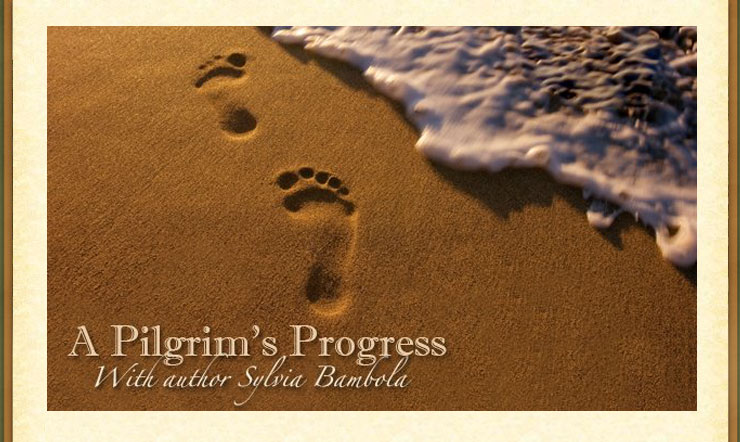The Crucifixion
Monday, 29 September 2014 15:10:00My “following Jesus’ footsteps” series is nearly over and will include only two more posts—this week and next. Then I will begin a new series.
Jesus’ mode of death was predicted (Psalm 22) over a thousand years before crucifixion was invented by the Romans. It was a barbaric means of execution; excruciating and often taking days for the victim to die by suffocation. Its cruelty was meant to frighten the populace into submission and was most commonly used to punish rebels. But even before Jesus was nailed to the cross, He endured thirty-nine lashes by a Roman scourge or flagrum. The flagrum was usually made of three thongs containing pieces of metal or bone, and literally ripped out pieces of flesh with every strike. Often this type and number of lashes were enough to kill a man.
But scripture tells us that even more punishment was inflicted on Jesus as a crown of thorns was jammed into His head and sadistic guards beat Him about the face and pulled out his beard. Before that long walk down the Via Dolorosa Jesus was already horribly disfigured and bloody. How He carried the heavy wooden cross-beam across His shoulders is hard to imagine. With every bump or rut in the pavement, Jesus’ body was jarred, causing the wood to rub against His open wounds; all the while, His strength and energy draining from Him with every drop of blood lost.
Finally, Jesus reaches Golgotha, the “place of a skull”. Here He is totally stripped, His manhood exposed before being thrown to the ground and His arms stretched out. Then spikes—seven to nine inches long—were driven through small plaques of wood into His forearms. The plaques were meant to keep the nails from tearing through the flesh and the body pulling away from the cross. Even so, the weight of Jesus’ body will eventually cause the nails to rip through His forearms all the way to the wrists. Next, Jesus’ legs were bent and pulled to the side then spikes driven through other small wooden plaques and into the heels. This position makes it difficult to breathe and each breath is only obtained by the very painful upward push of the body. As Jesus gasps for breath, flies and salty sweat sting and irritate his wounds. And having lost a great deal of bodily fluids, Jesus is parched, causing His tongue to cleave to the roof of His mouth and making it difficult to swallow.
And then the real agony begins, as God the Father attributes to Jesus every sin you and I have ever or will ever commit. One by one our sins are place on Jesus as He takes on their shame and guilt and punishment. We are the rebels. But instead of paying the penalty for rebelling against God, Jesus, executed as a rebel by Rome, pays it for us. And when finally the last sin is paid, Jesus shouts, “It is finished.” That word “finished” is “teleho” in Greek and means “complete, execute, conclude, pay, discharge a debt.” It means every sin has been fully paid for.
When you realize the great price Jesus paid to save us from ourselves it is impossible to see any other way to God. If there was, if there was any other route man could take to be acceptable to God, why in the world would Jesus have ever gone through all of the above?
But we do have one part to play in all this. Universal Salvation is a myth. Yes, Jesus died for every sin committed by every person, but forgives comes only IF we accept what He did. It’s like a poor man having a large savings account. It’s doesn’t do him any good unless he actually makes a withdrawal.
In the end, can we ignore this great love Jesus showed us?
Until next time,
Sylvia




